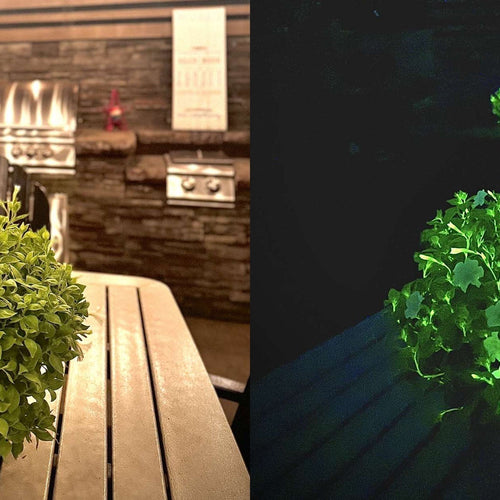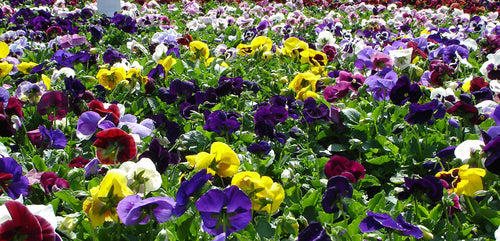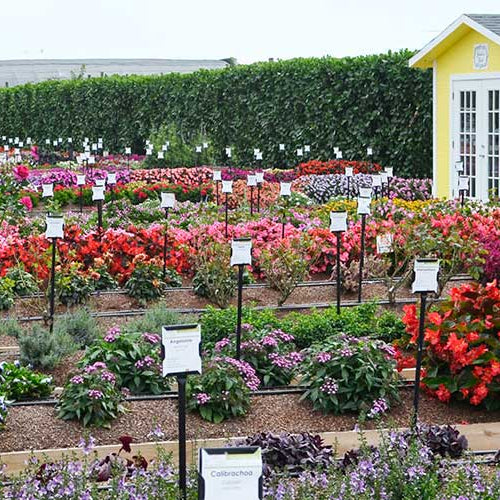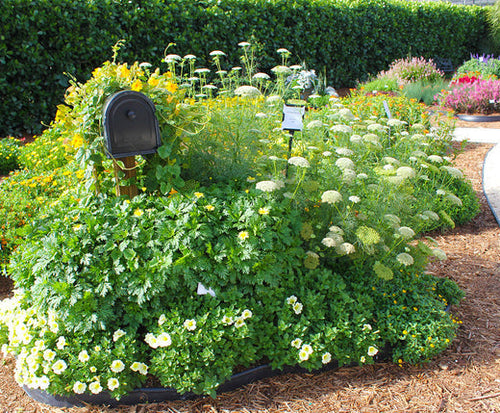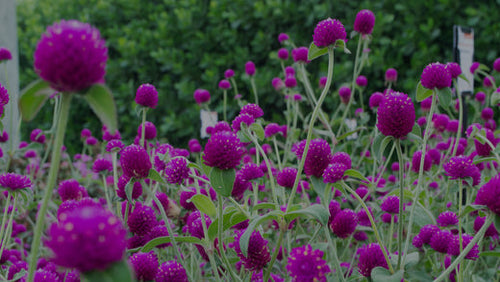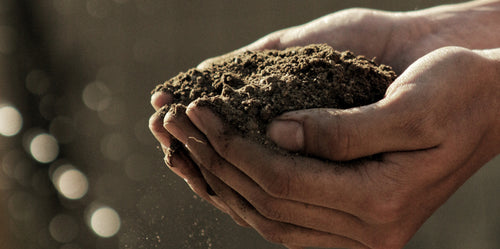1. Salvia Attracts Hummingbirds
When I lived in Iowa, I had a big pot of Salvia ‘Black and Blue’ in my yard. I noticed
every weekend, as I enjoyed a cup of tea before I went out in the yard, it was the first plant the hummingbirds visited.
They stopped by to sip its nectar before they went to any of my red flowers like bee balm, lantana, mandevilla, penstemon, pentas. Now that I’m in Florida, I’m noticing the same thing with
my Salvia ‘Black and Blue’ again. Shown here is a butterfly visiting Mexican sage (Salvia leucantha). Just about any
variety of salvia should do to help bring these winged wonders to your yard! The folks at Horticulture magazine also recommend
the following:
> Salvia clevelandii
> Salvia elegans
> Salvia greggii
> Salvia leucophylla
> Salvia madresnsis
> Salvia microphylla
>
Salvia regla
> Salvia spathacea


2. Salvia Attracts Butterflies
Many hummingbird flowers are also attractive to butterflies—and salvias are no exception.
The butterflies (and neighborhood honey bees!) always seem to be partaking in the nectar and pollen on my ‘Evolution
Violet’ and ‘Victoria Blue’ salvia plants.
Tip: Growing varieties their caterpillars eat is attracts more
butterflies to your yard than growing nectar plants.
Get tips to start your own
butterfly garden.
3. Salvia Is Deer- and Rabbit-Resistant
Most salvia varieties
have oils in their leaves. These oils are what give the plants their distinctive fragrance when you brush up against or
rub the leaves. I’ve found that, as a general tip, the more h2ly scented a plant is, the more likely deer and
rabbits are to ignore it. Tip: No plant is truly deer or rabbit proof. If they’re hungry enough, these critters will usually eat just about anything. Even poisonous plants.
Discover more deer-resistant plants.
4. Salvia Is Drought-Tolerant
Many salvias, at least, are pretty drought
tolerant once established. If you don’t like to have to haul a hose around the yard when it’s hot out, then salvias may
be for you. That said, while they do hold their own in dry weather, they grow and bloom best when watered during
extended periods without rain.Tip: Even drought-tolerant plants appreciate regular watering the first few weeks after you plant them. This helps them adapt to your yard and get rooted in your soil.
Find more tips to keep your yard looking good when it's dry.
5. Salvia Flower Spikes Add Garden Interest
When I’m at the garden center, it seems that a lot of the annual and perennials I see grow in mounding shapes.
A garden full of mounds can be a little boring. Happily, upright plants with blooms in spikes help break up the texture
and add a little excitement. I think of them like little exclamation points in my yard. 6.
There’s a Wide Variety to Choose from
Dig into salvias, and you’ll find there’s a practically unlimited
number from which to choose. I tend to design my garden with lots of blues and purples. Here in Florida, I grow
varieties like ‘Black and Blue’, ‘Evolution Violet’, and ‘Victoria Blue’, as well as ‘Grandstand Purple’ when I can find
it. There are also some fabulous varieties with red and pink flowers, too. The new variety ‘Skyscraper Orange’, for example, did well in our Miami Trial Garden. And ‘Golden Delicious’ pineapple sage features chartreuse foliage with pineapple-scented foliage and blooms all winter.
Written by Justin Hancock





